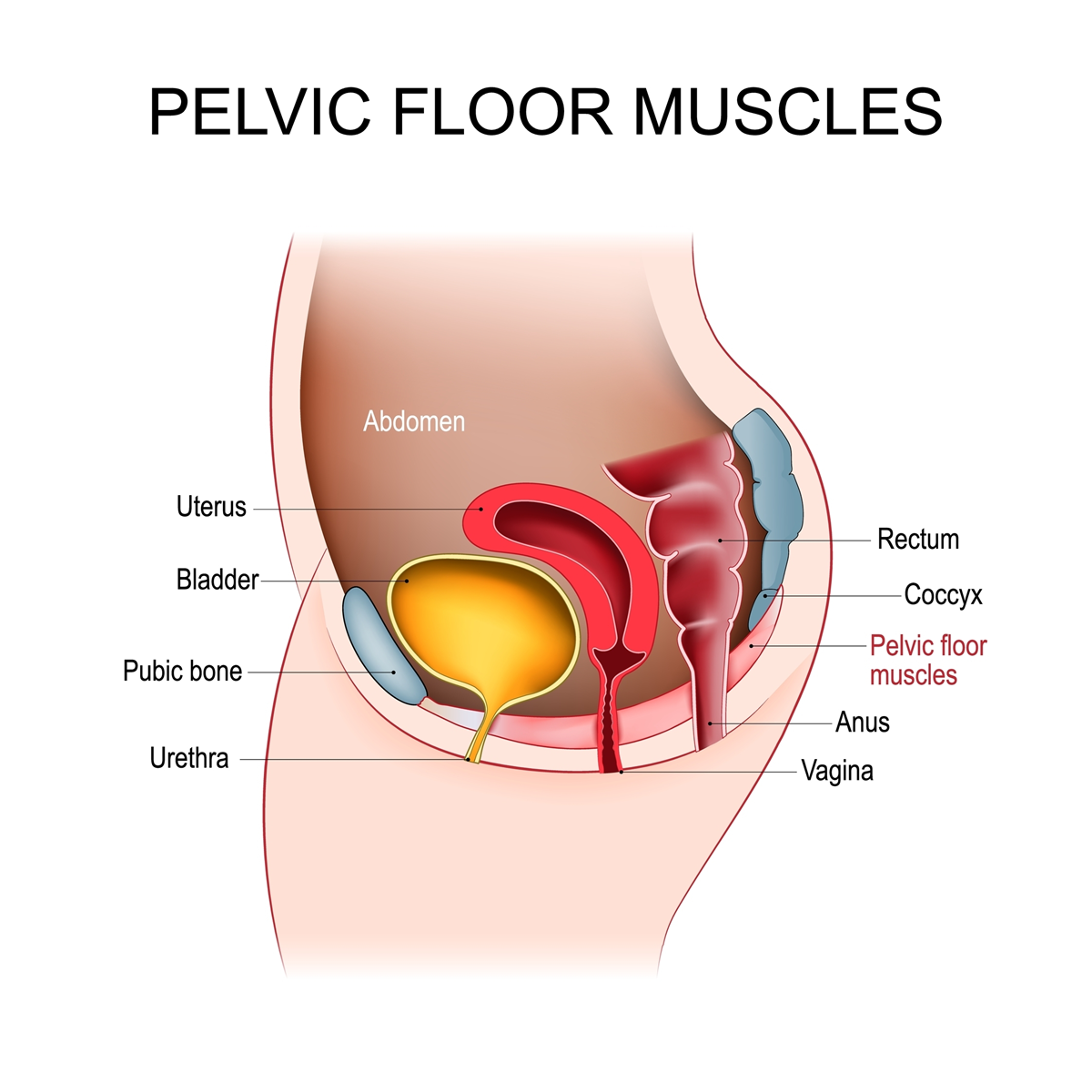- May 11, 2025
What is so Special about Your Pelvic Floor?
- Michele Arnold
- Abdominal GI and Pelvic Floor Health
- 0 comments
Some of you may have known that I recently went on a trip to Tampa Florida for a pelvic floor seminar.
This was behind the hotel that I stayed at. It was a nice place to walk.
The reason was to attend a certification course in dry needling the pelvic floor muscles along with the larger muscles of pelvis and thighs. Why? Because there are not many acupuncturists or other therapists for that matter that specialize in helping people that have pain or disfunction related to this region. Thus, there are not many specialized trainings that are overseen by other experts in the field.
When it was announced that Dr. Jamie Hampton and her team of experts would be teaching and sharing their skills I jumped at the chance. Dr. Jamie Hampton is an acupuncturist, and a pioneer in the field of pelvic floor dry needling. Along with a pelvic floor physical therapist Ciel Yogis, and 3 other dry needling specialists Moses Alvarez, Darren O'Rourke, and Lolane Glundal, we were in good hands.
Pelvic floor dry needling for acupuncturists is one on many courses by ASE Seminars in Tampa Florida. This course consisted of many hours of reading, studying, watching videos, and passing tests before attending the live seminar. The seminar was 4 full days from 8:00-5:00 pm of direct instruction, hands-on needling, Q and A, and yes, some fun too!
The last day consisted of passing practical tests that included location, needling skills, needle size, depth, and reasoning behind choice of muscles, ligaments, or fascia to treat for specific conditions. Yes, I passed!
Why Treat the Pelvic Floor?
Everything is anchored to the pelvis, and it acts like a very complex structure that not only holds us together, but that distributes shear forces and pressure from our limbs and organs as well as external forces.
•It is important to think about it as an exquisite work of architecture and structural engineering.
•Traditionally when we think of the pelvic floor, we think of it as its own special structure, and we don’t consider it as part of our patient’s pain complaints.
This is where we need to realize an important missing piece in the puzzle when our patients seek out treatments for lumbago, hip pain, abdominal pain, intestinal problems, gynecological issues, or bladder dysfunctions.
•We must integrate the Pelvic Floor (PF) into our treatments.
Everything affects the PF, and Vice Versa
•If you have ever had Hip Pain, and the muscles were treated, it directly affected the pelvic floor
•If you have ever had Low Back Pain treated, it affected the pelvic floor.
•If you have ever had treatment for abdominal pain, infertility, gynecological disorders, hernia, Lower GI disorders you have ALREADY begun to have treatment for Pelvic Floor structures.
Pelvic Floor functions:
1. Pelvic organ support
2. Bladder and bowel control
3. Passing urine and feces
4. Sexual function
5. Breathing
6. Pregnancy and childbirth
7. Posture, gait, walking, stability, proprioception
8. Synchronizes with the diaphragm for breathing, as it is the lower diaphragm.
9. Muscle tension (postural, emotional or situational causes; think about how you may hold stress in your shoulders).
10. Sitting is repetitive strain injury.
11. Muscle Deficiency (weakness and stiffness so proper muscle function cannot be maintained as in Scoliosis or Compensation.
What Conditions might be related to the Pelvic Floor?
Here are just a few examples:
Constipation
Loose stools or diarrhea
Bowel incontinence
Hemorrhoids
Endometriosis
Vulvodynia
Coccydynia
Bladder Pain Syndrome
Bladder stress incontinence, urgency from weak or hypertonic bladder.
Prolapses of bladder, uterus, rectum.
Pudendal neuralgia
Pelvic pain
Rectal pain
What Does Treatment Look Like?
Per your main complaint or diagnosis, we begin with assessment of associated muscle inhibition along with finding trigger points, tight bands, or painful areas.
-
We may address larger muscles of the abdomen, pelvis or thigh, which can refer pain to the pelvic floor.
Rectus abdominus
Psoas
Rectus femoris
Quadriceps
Hamstrings
Adductors of thigh
Gluteus muscles
Piriformis
-
Deeper muscles of the pelvis
Obturator internus or externus
-
We can treat the surrounding pelvic floor muscles directly.
Comprised of 14 different muscles, as well as ligaments and fasciae.
-
Coccygeus (our tail-wagging muscle)
•Levator ani: This “hammock/sling” acts as a shelf to support pelvic organs. This is the broad hammock like structure
• Pubococcygeus
• Iliococcygeus
• Puborectalis
-
My own specialty consists of adding a Holistic impact by targeting the autonomic nervous system and reducing muscle tension using electro-acupuncture, microcurrent, sound healing tuning forks and/or essential oils.
Get Started Now!
Begin with your appointment for Abdominal and Pelvic Floor Dry Needling.
Best in Health,
Dr. Michele Arnold
Doctor of Acupuncture and Chinese Medicine (DACM).




